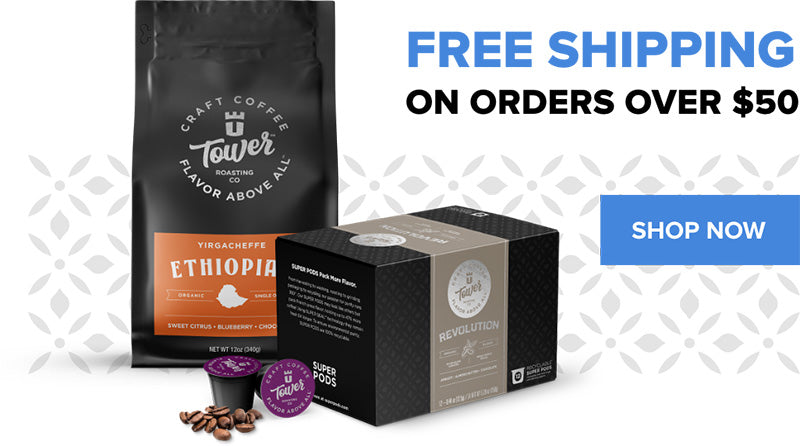Suggested Searches
The Evolution of Coffee from First to Fourth Wave
Christy Ingkavet @ Feb 03, 2023
The coffee market has changed and evolved over the past two centuries. It is often defined in different waves, based on cultural preferences and varieties. Let’s take a look at how coffee has changed since its introduction.
First-Wave Coffee: The Commodity Years
First-wave coffee refers to the early days of the coffee industry, which started in the late 1800s. It was primarily consumed for its caffeine content and not for its flavor or aroma.
This was when coffee was seen more as a commodity. During this time, coffee was often mass-produced and sold in cans or jars. First-wave coffee primarily consisted of a mix of arabica and robusta beans, with little distinction between the origin, quality of the beans, and different growing and processing methods.
Second-Wave Coffee: The Rise of The Specialty
Second-wave coffee, which began in the 1960s and 1970s, marked a shift in focus toward specialty coffee. The Specialty Coffee Association of America (SCAA) was established in 1982, which defined the standards for specialty coffee and helped to establish the industry.
Second-wave coffee saw the introduction of single-origin beans, as well as the use of blends to create unique flavor profiles. This wave was characterized by an increased interest in the quality and origin of the beans and the development of new brewing methods.
Espresso was introduced in America, and specialty espresso machines were imported from Italy. This gave rise to the popularity of espresso-based drinks like the cappuccino, latte, and macchiato.
Third-Wave Coffee: The Call for Quality
Third-wave coffee started in the 2000s is the current movement in the coffee industry, which places a strong emphasis on sustainability, transparency, and quality.
Third-wave coffee highlights beans grown on micro-lots, which are small batches of coffee beans grown on a specific farm or region. This wave is characterized by a focus on direct trade, where coffee roasters work directly with farmers to ensure fair prices and high-quality beans.
Third-wave coffee shops often feature a wide variety of brewing methods, including pour-over, siphon, and cold brew, and many shops also offer a variety of different coffee beans to taste.
Fourth-Wave Coffee: The At-Home Specialty
The fourth-wave coffee movement is all about specialty coffee brewed at home.
It started partially because of the pandemic when people were working remotely and coffee shops shuttered. Remote workers recreated their office experience at home by upgrading their coffee makers and accessories.
According to Mintel research, more than a third of remote workers own a single-serve coffee maker compared to a quarter of non-remote workers. And 20% of remote workers own a pour-over coffee set compared to less than 10% of non-remote workers.
Gen Z is also leading the fourth-wave coffee movement by preferring to create specialty coffee at home and learning about coffee making through TikTok videos. Mintel research found that 49% of Gen Z consumers learn about coffee brewing methods through TikTok influencer videos rather than visiting coffee shops.
SuperPods Lead in Fourth-Wave Coffee Making
At Tower, we’re building on the momentum of the third and fourth wave of coffee by bringing sustainable, transparent, quality coffee into a convenient format. We blend quality, convenience, and sustainability with our innovation in Pod Coffee.
Our SuperPods create a bigger, bolder single-serve cup, giving you craft coffee at home. Our current SuperPods have up to 47% more coffee per pod and are recyclable.
In development is our 100% home compostable SuperPod. This innovation will let you brew a bolder cup and be able to compost the entire pod within your compost pile at home — no need for industrial composting.
We have a wide variety of SuperPods, small-batch roasted and ready to ship to you right now.
